Jan 2, 2025
Stereotypes: The Truth Behind Cultural Clichés
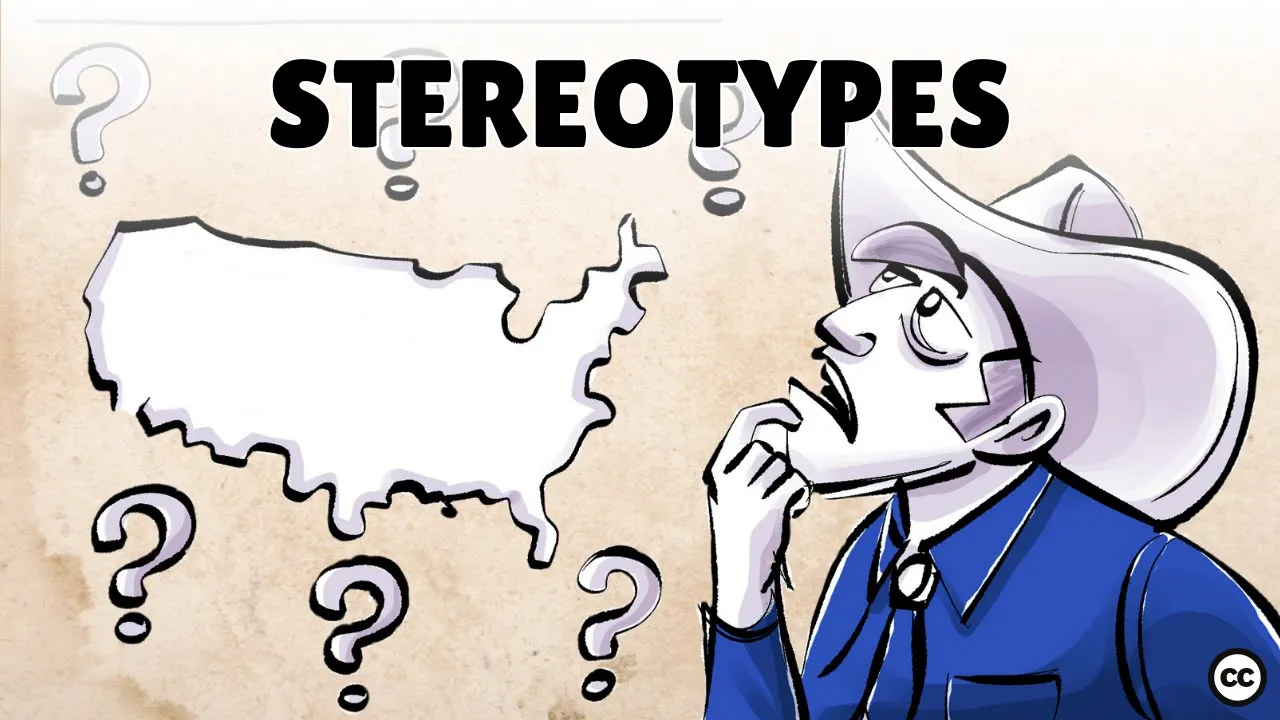
Introduction
Stereotypes are common beliefs that categorize groups of people or things based on perceived traits, behaviors, or abilities. They can shape our perceptions and influence our interactions with others. In this blog, we’ll explore the various facets of stereotypes, including their benefits, the difference between explicit and implicit stereotypes, and the phenomenon known as stereotype threat. We'll also discuss how to navigate these stereotypes and reflect on their relevance in today's diverse world.
Benefit of Stereotypes
While stereotypes are often viewed negatively, they do serve a purpose. They help us categorize information quickly, allowing us to make predictions and decisions without extensive deliberation. For example, if we believe that Germans are punctual and hardworking, we might expect them to arrive on time to meetings. This can streamline our interactions and set clear expectations.
However, it’s crucial to recognize that while stereotypes can simplify our understanding of complex social dynamics, they can also lead to misunderstandings and perpetuate biases. For instance, believing that Americans are loud and materialistic can cloud our judgment when meeting an individual from that culture, leading us to make unfair assumptions.
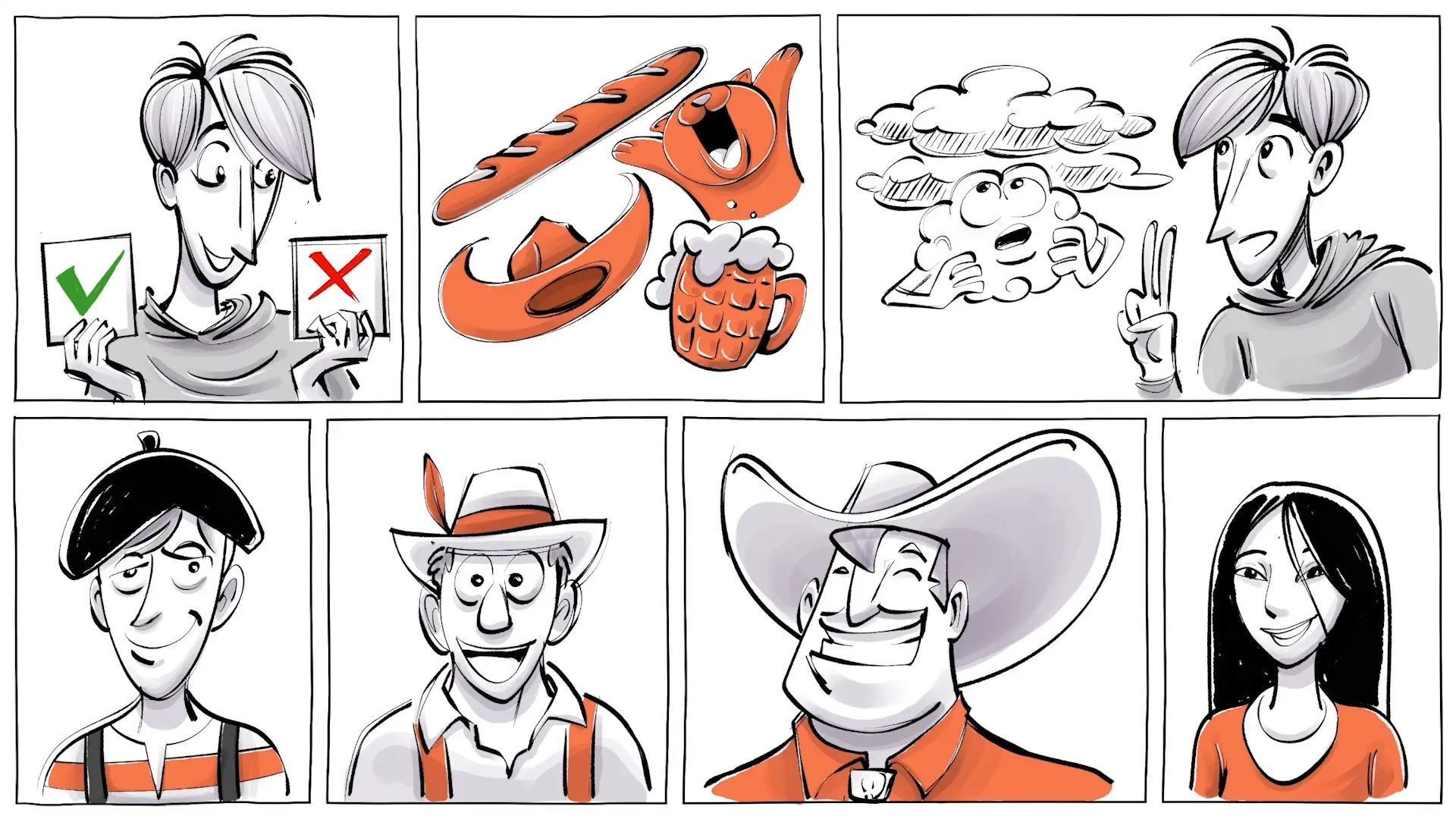
Explicit vs Implicit
Stereotypes fall into two main categories: explicit and implicit. Explicit stereotypes are those we are conscious of and can articulate. For example, you may consciously recognize that the stereotype of the French being arrogant exists and attempt to counteract it in your interactions. However, even with this awareness, biases can still affect our judgments.
On the other hand, implicit stereotypes operate beneath our conscious awareness. These are shaped by societal narratives and familial teachings that we've absorbed over time, often without realizing it. For example, if you grew up hearing stories that portray certain groups in a negative light, those associations may influence your perceptions and behaviors subconsciously.
The challenge arises when these implicit stereotypes guide our thoughts and actions without our conscious consent, leading to unintentional biases that can affect our interactions with others.
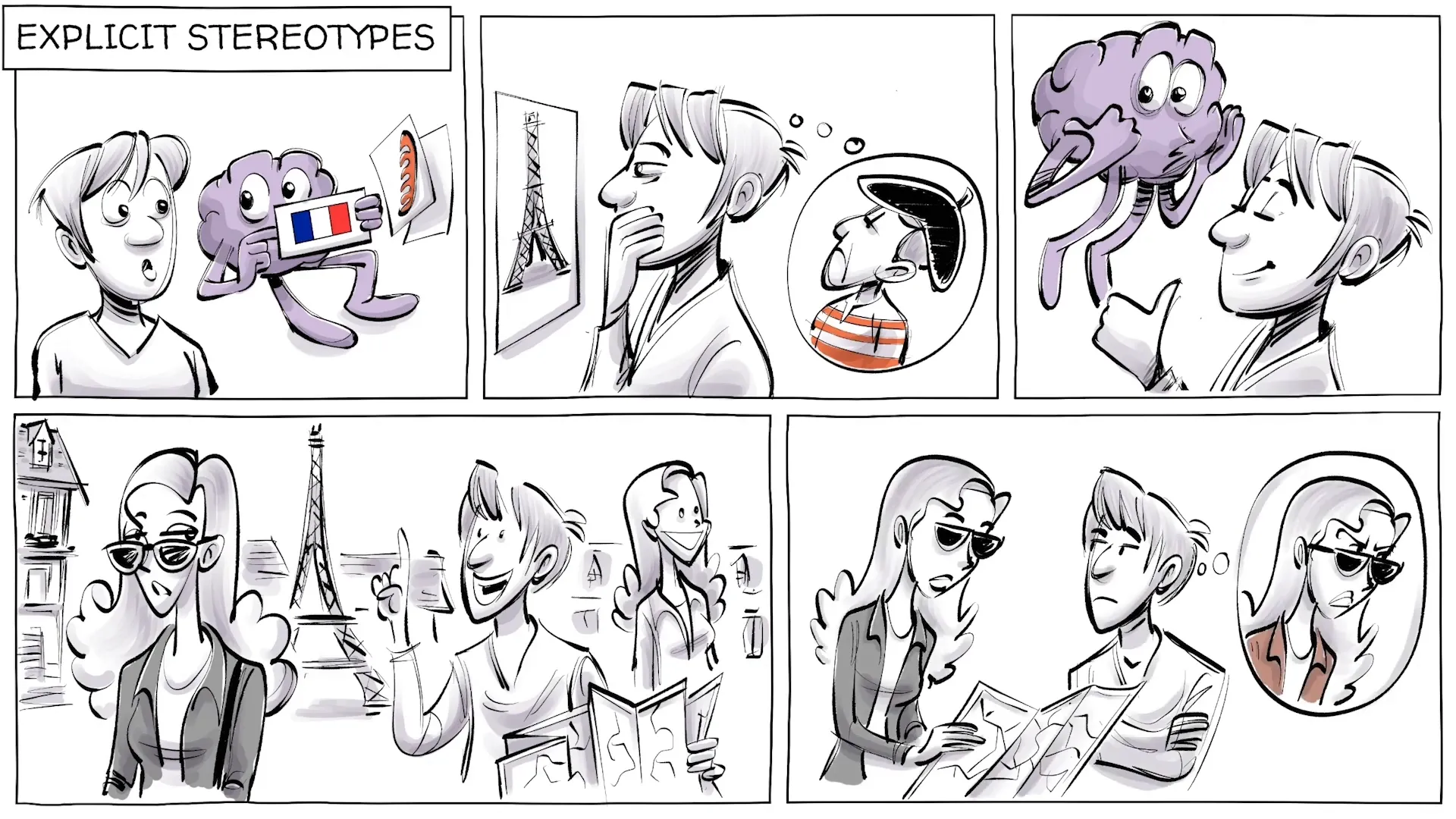
Stereotype Threat
Stereotype threat is a significant issue that arises when individuals are aware of negative stereotypes about their group. This awareness can create anxiety and fear of confirming those stereotypes, ultimately impacting their performance. For instance, if there is a societal belief that boys are inherently better at mathematics, girls might experience increased anxiety during math tests, which can lead to poorer performance.
This phenomenon highlights the profound impact that stereotypes can have, not just on perceptions but also on actual outcomes. The pressure to defy stereotypes can be overwhelming, and even subtle reminders of these stereotypes can significantly affect individual performance. Chimamanda Ngozi Adichie articulated this issue well, stating, “The single story creates stereotypes, and the problem with stereotypes is not that they are untrue, but that they are incomplete. They make one story become the only story.”
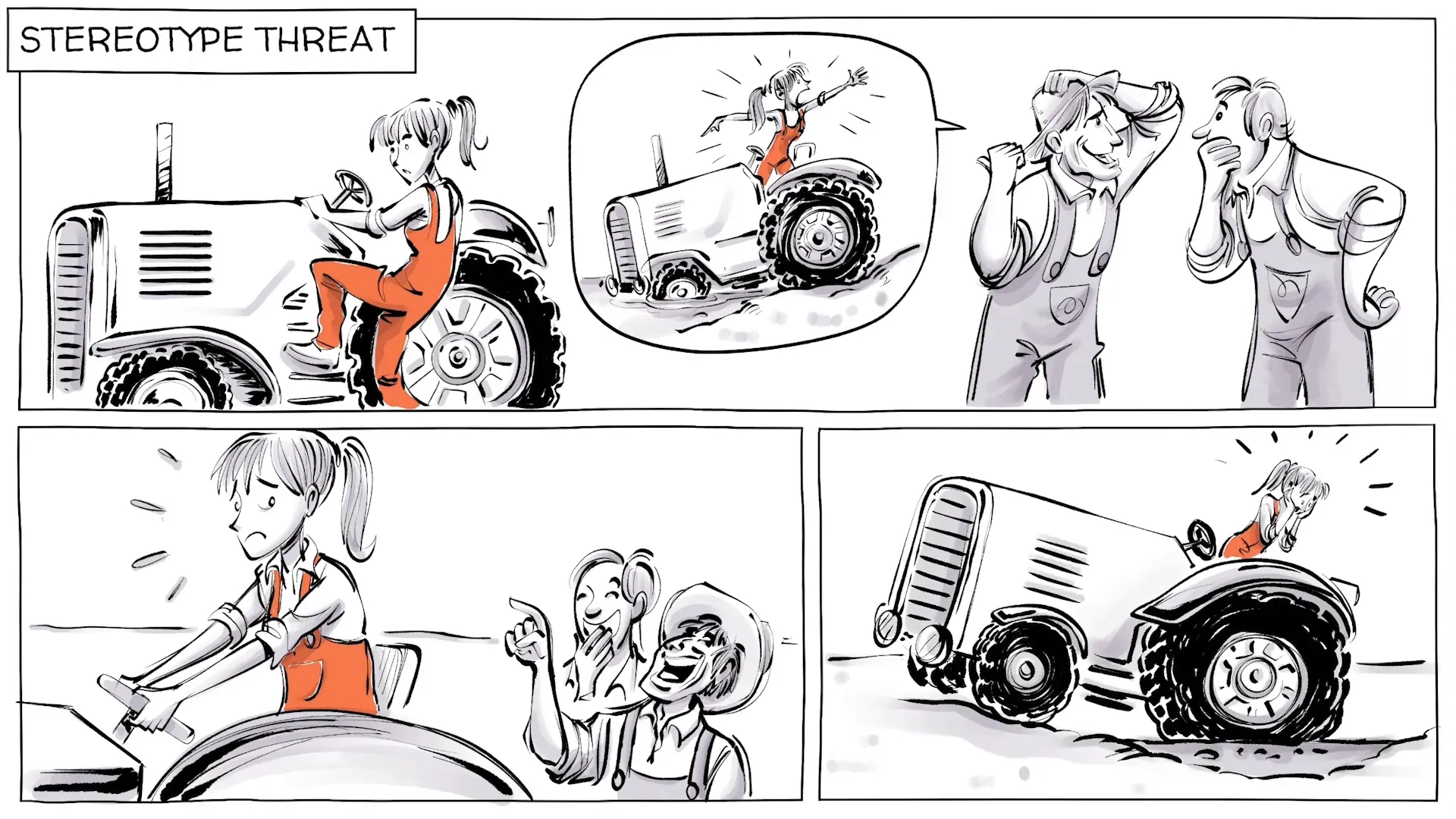
Navigating Stereotypes
Understanding stereotypes is the first step towards navigating them effectively. Acknowledging their existence allows individuals to challenge their biases and engage with others more fairly. It’s essential to approach interactions with an open mind, recognizing that everyone has a unique story that cannot be reduced to a stereotype.
One effective strategy is to actively counteract the implicit biases we hold. This can involve seeking out diverse perspectives, engaging with individuals from different backgrounds, and being mindful of the narratives we accept about others. By doing so, we can begin to dismantle the stereotypes that limit our understanding of different cultures and communities.
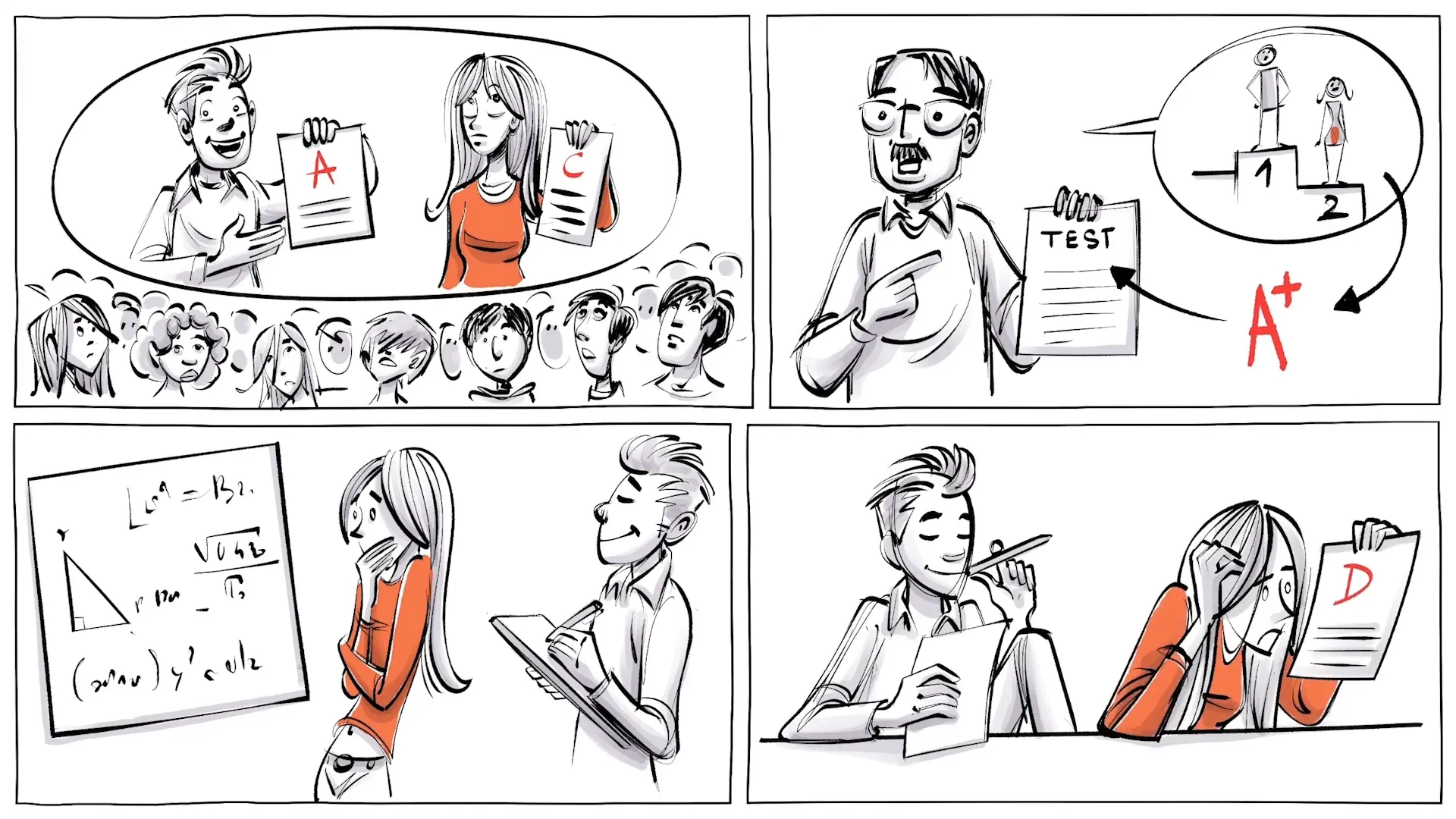
What do you think?
As we reflect on the topic of stereotypes, it’s important to consider their relevance in today’s diverse world. Are some stereotypes still useful? If so, in what ways? Conversely, how can we work to eliminate harmful stereotypes that contribute to discrimination and bias?
Engaging in discussions about stereotypes can help foster a deeper understanding of their complexities and implications. Sharing personal experiences and perspectives can also shed light on how stereotypes affect individuals differently. What are your thoughts on the stereotypes presented? Are any of them true in your experience?
Conclusion
In conclusion, stereotypes are complex social constructs that can both simplify and complicate our understanding of the world. While they serve as mental shortcuts, they can also perpetuate biases and lead to negative consequences, such as stereotype threat. By being conscious of these dynamics and actively challenging our biases, we can work towards a more inclusive and understanding society.
As we navigate our interactions with others, let’s remember that everyone has their unique story and experiences. By focusing on individual narratives rather than relying on stereotypes, we can foster deeper connections and greater empathy.
This article was created from the video Stereotypes [The Truth Behind Cultural Clichés] with the help of AI. It was reviewed and edited by a human.